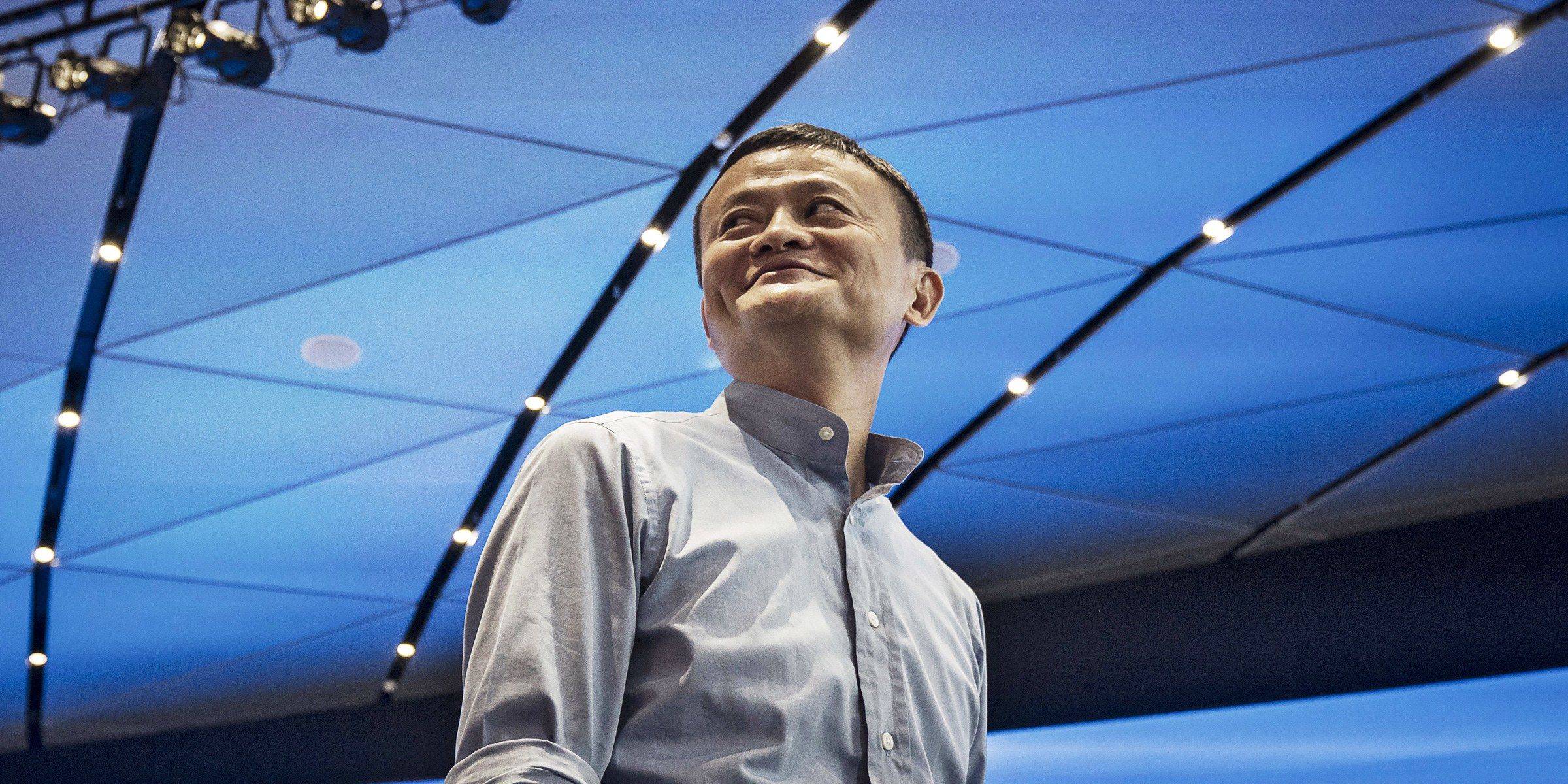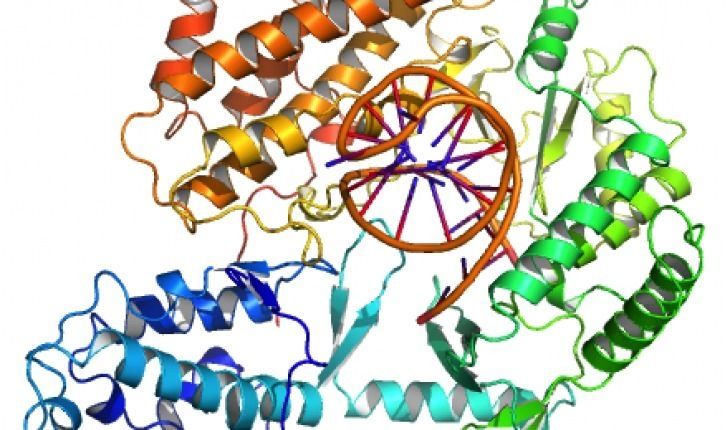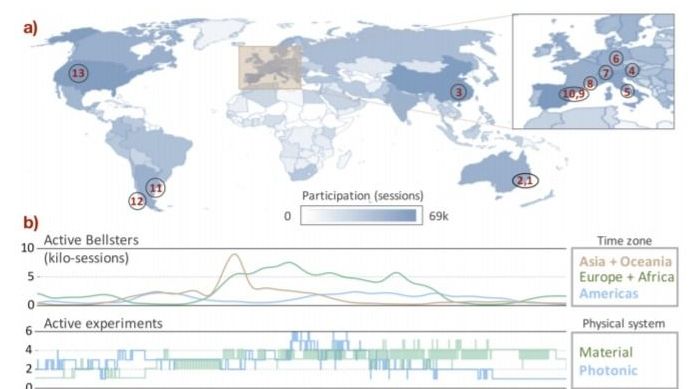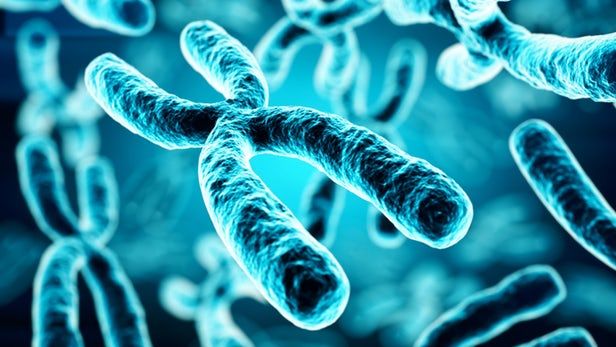Page 9766
May 19, 2018
Why Are We Teaching AI and Machines to Become Like Humans?
Posted by Dave Holt in categories: information science, robotics/AI

Why do artificial intelligent algorithms sound like a human? Why do AI robots look human? This article looks at why AI algorithms and robots are created to look and sound like a human.
May 19, 2018
A mix of Viagra and the flu vaccine could treat cancer, study finds
Posted by Manuel Canovas Lechuga in category: biotech/medical

A combination of Viagra and a flu vaccine could treat cancer, surprising new research suggests.
The team at the University of Ottawa found that erectile dysfunction drugs block suppressor cells, allowing natural killer cells to do their cancer-fighting job. The flu vaccine further invigorates the killer cells.
Continue reading “A mix of Viagra and the flu vaccine could treat cancer, study finds” »
May 19, 2018
We have the molecular structure of telomerase which could accelerate antiaging results
Posted by Manuel Canovas Lechuga in category: life extension
Researchers have the molecular structure of telomerase. This should speed up the discovery of the best activators and inhibitors of telomerase.
Good activators of telomerase has been shown to boost the lifespan of mice by 20%.
Nature – Cryo-EM structure of substrate-bound human telomerase holoenzyme.
May 19, 2018
Where Humans Meet Machines: Intuition, Expertise and Learning
Posted by Derick Lee in categories: economics, information science
Professor Daniel Kahneman was awarded a Nobel Prize for his work on the psychology of judgment and decision-making, as well as behavioral economics. In this age of human/machine collaboration and shared learning, IDE Director, Erik Brynjolfsson, asked Kahneman about the perils, as well as the potential, of machine-based decision-making. The conversation took place at a recent conference, The Future of Work: Capital Markets, Digital Assets, and the Disruption of Labor, in New York City. Some key highlights follow.
P rofessor Daniel Kahneman was awarded a Nobel Prize for his work on the psychology of judgment and decision-making, as well as behavioral economics. In this age of human/machine collaboration and shared learning, IDE Director, Erik Brynjolfsson, asked Kahneman about the perils, as well as the potential, of machine-based decision-making. The conversation took place at a recent conference, The Future of Work: Capital Markets, Digital Assets, and the Disruption of Labor, in New York City. Some key highlights follow.
Erik Brynjolfsson: We heard today about algorithmic bias and about human biases. You are one of the world’s experts on human biases, and you’re writing a new book on the topic. What are the bigger risks — human or the algorithmic biases?
Continue reading “Where Humans Meet Machines: Intuition, Expertise and Learning” »
May 19, 2018
How the nature of cause and effect will determine the future of quantum technology
Posted by Genevieve Klien in categories: business, quantum physics
Business Impact
How the nature of cause and effect will determine the future of quantum technology.
An unprecedented, global-scale test of one of quantum theory’s most counterintuitive predictions sheds new light on the nature of reality and how we can exploit it with quantum technologies.
May 18, 2018
AACUS-equipped autonomous helicopter makes first cargo delivery to US Marines
Posted by Genevieve Klien in categories: biotech/medical, military, robotics/AI

https://youtube.com/watch?v=vfuHNHLJzoM
Aurora Flight Services’ Autonomous Aerial Cargo Utility System (AACUS) took another step forward as an AACUS-enabled UH-1H helicopter autonomously delivered 520 lb (236 kg) of water, gasoline, MREs, communications gear, and a cooler capable of carrying urgent supplies such as blood to US Marines in the field.
Last week’s demonstration at the Marine Corps Air Ground Combat Center Twentynine Palms in California was the first ever autonomous point-to-point cargo resupply mission to Marines and was carried out as part of an Integrated Training Exercise. The completion of what has been billed as the system’s first closed-loop mission involved the modified helicopter carrying out a full cargo resupply operation that included takeoff and landing with minimal human intervention.
Continue reading “AACUS-equipped autonomous helicopter makes first cargo delivery to US Marines” »
May 18, 2018
A floating Pacific island is in the works with its own government, cryptocurrency and 300 houses
Posted by Genevieve Klien in categories: cryptocurrencies, governance, government, habitats
Nathalie Mezza-Garcia is a political scientist turned “seavangelesse” — her term for an evangelist in favor of living off the grid — and on the ocean.
Mezza-Garcia spoke with CNBC’s Matthew Taylor about what she sees as the trouble with governments, and why she believes tech startups should head to Tahiti.
This seavangelesse is a researcher for the Blue Frontiers and Seasteading Institute’s highly-anticipated Floating Island Project.

We propose a method that can generate soft segments, i.e. layers that represent the semantically meaningful regions as well as the soft transitions between them, automatically by fusing high-level and low-level image features in a single graph structure. The semantic soft segments, visualized by assigning each segment a solid color, can be used as masks for targeted image editing tasks, or selected layers can be used for compositing after layer color estimation.
Abstract
May 18, 2018
Blocking anti-aging enzymes makes cancer die of old age
Posted by Manuel Canovas Lechuga in categories: biotech/medical, genetics, life extension
At the cellular level, aging and cancer are two sides of the same coin. The mechanism that limits a cell’s lifespan can be slowed down, but that can turn them cancerous, as they divide unchecked. Now, scientists at EPFL have found a way to manipulate that mechanism to effectively turn off cancer’s immortality, letting it die slowly and naturally.
Every time a cell divides, it consults the blueprints contained in the chromosomes, but some genetic information is lost with every division. To protect the important bits, the tips of the chromosomes are covered with repeating sequences of “junk” DNA known as telomeres. Eventually even they erode away, leaving the cell vulnerable to damage – which we recognize as wrinkles, grey hairs, decreased metabolism, and higher chances of disease. In that way, telomere length is inextricably linked to aging.














